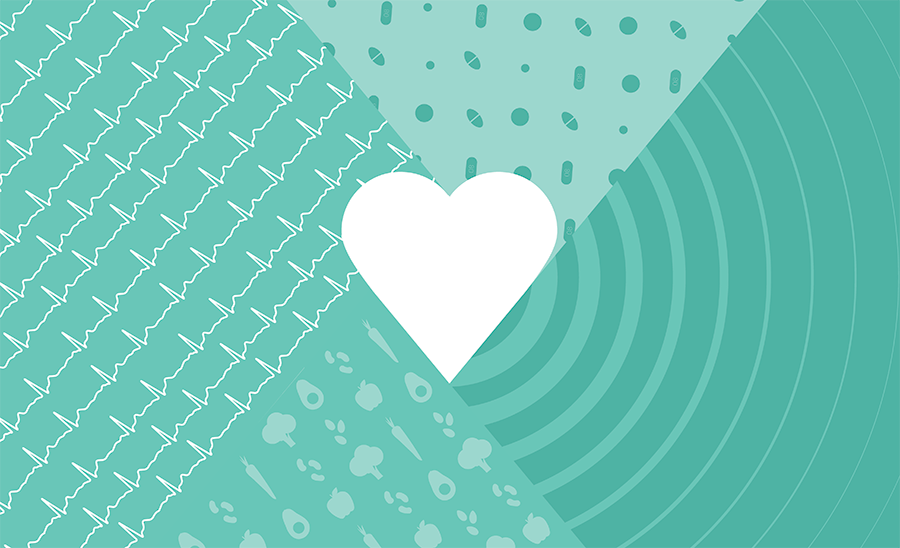Cedars-Sinai Magazine
The Lowdown on Statins
May 15, 2019

No one disputes the power of statins to keep LDL ("bad" cholesterol) in check. For people who’ve had a heart attack or stroke, taking statins is a no-brainer. But for those at lower risk, the jury’s still out. We asked Cedars-Sinai cardiologist Erika Jones, MD, and primary care physician Maya Benitez, MD, for their thoughts on one of the most prescribed medications in America.
What the Guidelines Say
Some guidelines cast a wider net than others. Doctors calculate your 10-year odds of having a heart attack or stroke by evaluating a combination of factors, including cholesterol level, age, race and whether you smoke. Some guidelines draw the line at a risk level of 7.5 percent, while others use 10 percent. One thing is clear: At 7.5 percent, it’s time for the statin talk with your doctor.
The Truth About Side Effects
The most common side effect is muscle aches. Risks also include potential digestive problems and mental fuzziness as well as liver damage (very rare). However, most people tolerate statins well, and side effects often can be avoided by taking a lower dose, switching to a different statin or trying cholesterol-lowering injectable medication.
The Tipping Point
Your doctor can order a noninvasive scan of your heart to reveal whether you have a calcium buildup in your arteries that raises your risk of heart attack. This may be the deciding factor for patients on the fence about taking statins.
The Bottom Line
It’s not easy to reduce LDL, especially if genetics are involved. Statins work. They prevent health crises that kill. For most people who need this medication, the benefits outweigh the risks—though a healthy diet and regular exercise are vital to prevent heart disease even if you’re on statins.


